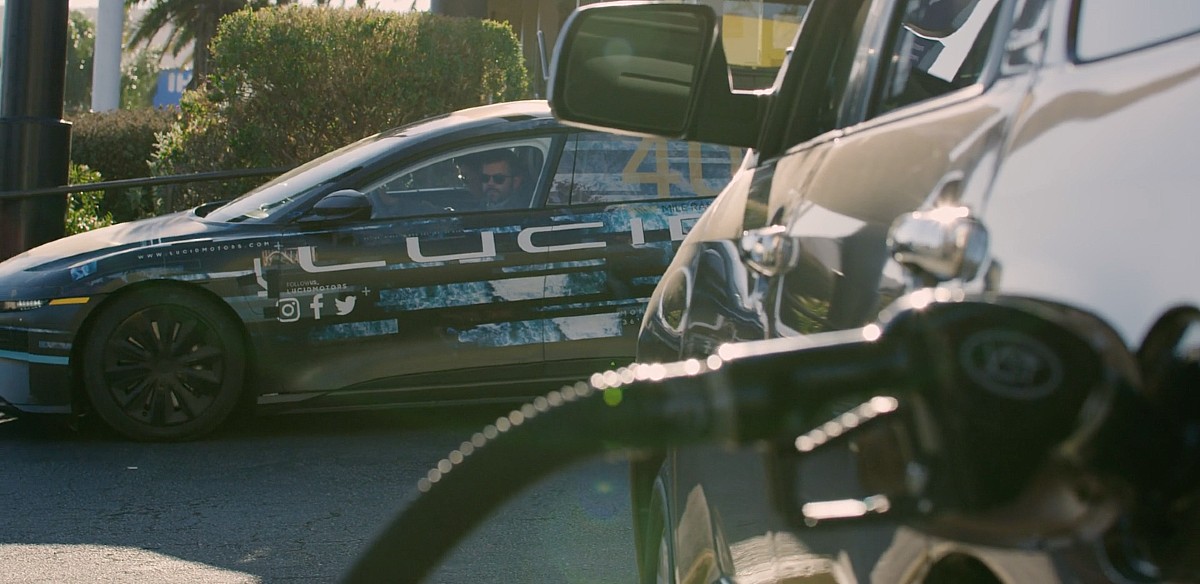
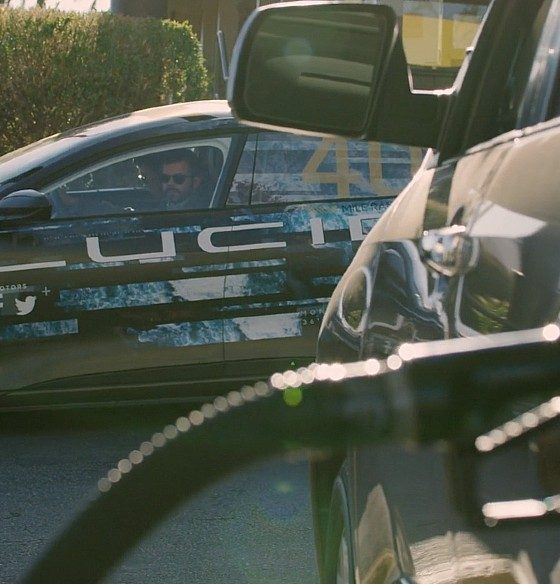
News
Lucid CEO and former Model S designer throws shade at Tesla fans, likens group to ‘old petrol fanboys’
When Peter Rawlinson left Tesla in 2012 just before the Model S launched, he probably did not think that his former employer would one day end up becoming the leading force in the electric vehicle industry.
Now the CEO and CTO of Lucid Motors, Rawlinson is gunning for Tesla’s title as the supreme EV maker. He believes the company’s first sedan, called the “Air,” has all the potential to help Lucid overtake Tesla, effectively silencing the “fanboys,” a group of enthusiasts who are widely supportive of the electric car maker and its CEO, Elon Musk.
Peter Rawlinson spent his illustrious automotive sector career at Jaguar and Lotus before joining Tesla in 2008. He left Elon Musk’s Model S engineering team in 2012 and joined Atieva, now Lucid Motors, in 2013 as the Chief Technology Officer. He still holds that title, but another accompanies it as of April 2019: Chief Executive Officer.
In a recent interview with Motortrend, Rawlinson talked about his company’s technology that he believes will pass Tesla, the “fanboys” of Elon Musk’s company, and why the success of the Model S is, at least in part, because of him.

Lucid unveiled the Air in December 2016. Lucid and Rawlinson both claim the vehicle will be capable of 1,000 horsepower and 400 miles of range per charge. While a prototype of the Air managed to prove its range is for real, the horsepower claim is still untested, and Rawlinson knows the doubters still exist. “When I claimed that we would have a 1,000-hp car, or have over 400 miles of EPA five-cycle range, nobody believed it,” he said to MotorTrend’s Kim Reynolds.
His claims do not stop there, however. Rawlinson says the Air will be better than the Model S in every way possible as it equips a power unit capable of more power density than Tesla’s most powerful vehicles. “We’ve got 16.7 kW-per-liter [power density] in our power unit. No one has done that. Tesla hasn’t done that,” he said.
Rawlinson certainly seems like he is motivated by those who speak about Lucid in a bad light, and it is all too familiar for him. “Now I’m having a sense of déjà vu, with history repeating itself,” he says. “Lucid is being put down by Tesla fans. Those old petrol fanboys are the current Tesla fanboys. Very similar rhetoric.”
However, Rawlinson’s rhetoric about his former employer isn’t squeaky clean, either. In 2019, he stated Tesla is not a real luxury brand. “You only have to get inside a Tesla to recognize it’s not really a luxury car. It’s a premium car but not true luxury,” he said.
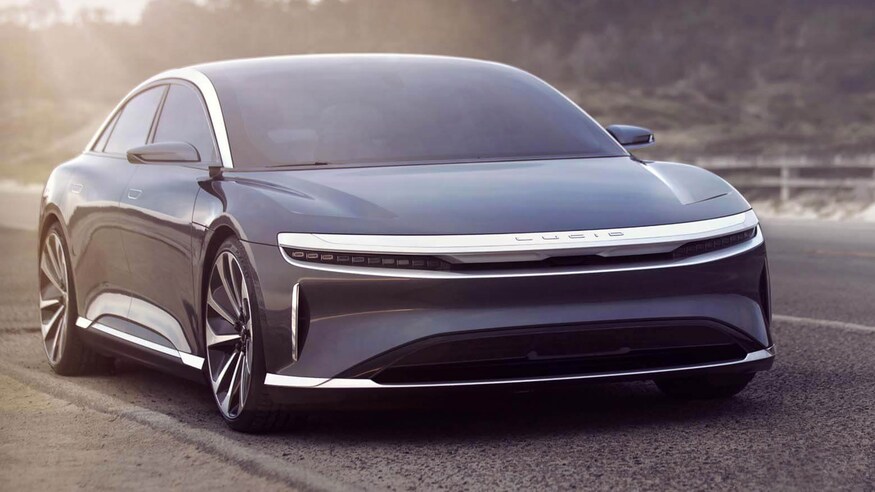
Perhaps this is why Tesla “fanboys” have been critical of Rawlinson’s new project. Tesla CEO Elon Musk has always said that its competitors are never going to be companies with the same sustainable mission. The companies that are looking to advance petrol-based technology are the real enemy. While there are Tesla fans who are competitive, many are embracing the transition to electrification as a positive thing. Perhaps it is not about the cars at all, but what Rawlinson has said about Tesla in the past.
Additionally, during the interview, Rawlinson says his influence is the reason for the Model S’ success in the electric industry. “Model S was actually styled before I joined Tesla. My task was to retrospectively fit all the bits into it. It was a pretty interesting intellectual puzzle to design a car from the inside out,” he says.
Later in the interview, Rawlinson goes on to say that his thirst for perfection was the reason the Model S became such a successful vehicle. His constant nit-picks and desire to do better drove Tesla’s first sedan to become the pioneer of electric transportation. “But everybody on the Model S team knows I was all over every detail and drove everybody crazy trying to create a car that had to be better and better in every way,” he said.
Rawlinson’s project with Lucid was to be unveiled at the New York International Auto Show last week, but the COVID-19 pandemic effectively shut down all large gatherings. However, the vehicle is scheduled to begin production in late 2020 after its new facility in Casa Grande, Arizona, is complete. Whether the car will live up to its lofty expectations remains to be seen. Still, Rawlinson’s development of the Model S shows he is capable of breaking barriers, and the Air could be the electric industry’s next big thing.

Elon Musk
SpaceX’s Starship program is already bouncing back from Booster 18 fiasco
Just over a week since Booster 18 met its untimely end, SpaceX is now busy stacking Booster 19, and at a very rapid pace, too.
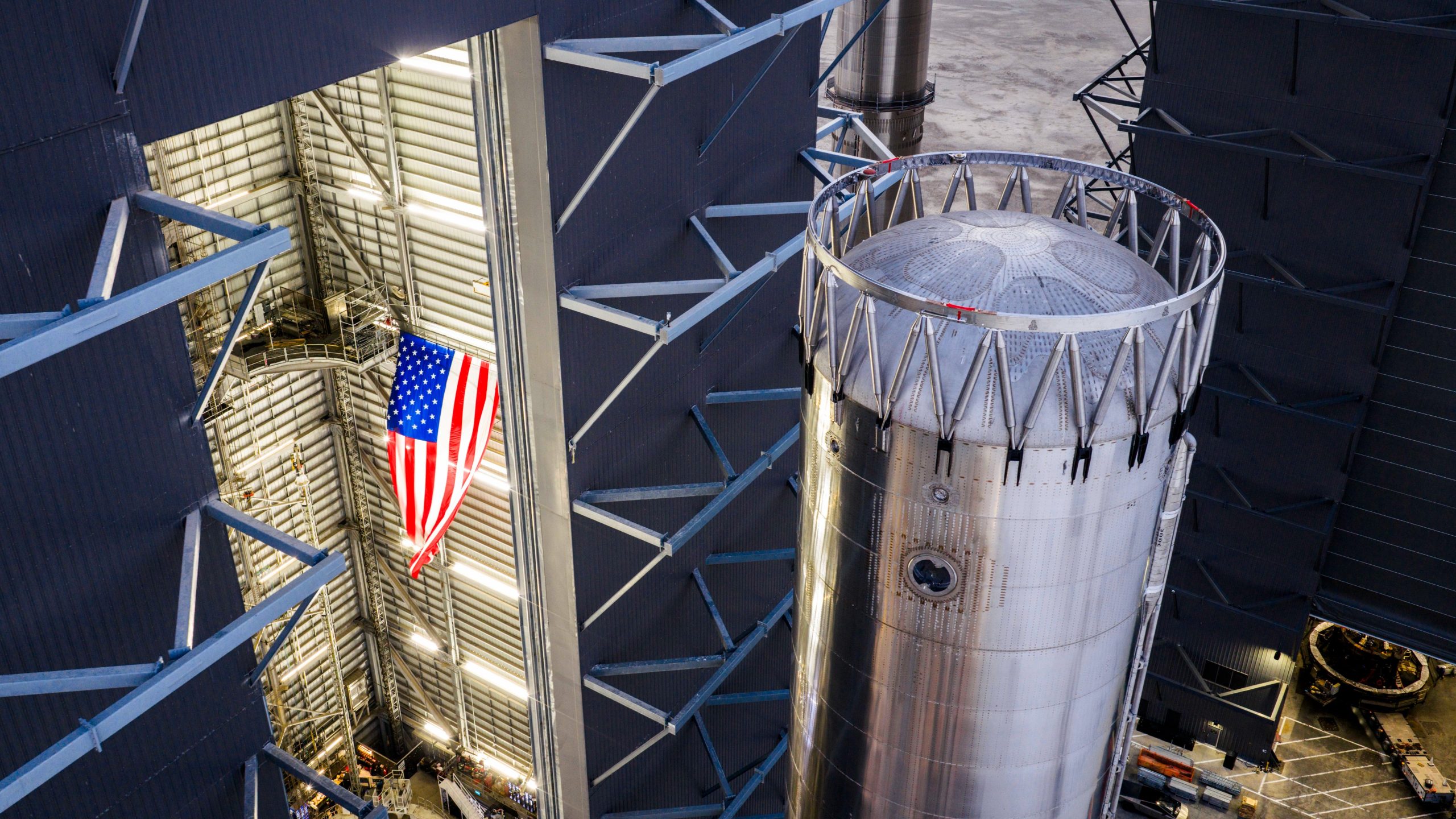
SpaceX is already bouncing back from the fiasco that it experienced during Starship Booster 18’s initial tests earlier this month.
Just over a week since Booster 18 met its untimely end, SpaceX is now busy stacking Booster 19, and at a very rapid pace, too.
Starship V3 Booster 19 is rising
As per Starbase watchers on X, SpaceX rolled out the fourth aft section of Booster 19 to Starbase’s MegaBay this weekend, stacking it to reach 15 rings tall with just a few sections remaining. This marks the fastest booster assembly to date at four sections in five days. This is quite impressive, and it bodes well for SpaceX’s Starship V3 program, which is expected to be a notable step up from the V2 program, which was retired after a flawless Flight 11.
Starship watcher TankWatchers noted the tempo on X, stating, “During the night the A4 section of Booster 19 rolled out to the MegaBay. With 4 sections in just 5 days, this is shaping up to be the fastest booster stack ever.” Fellow Starbase watcher TestFlight echoed the same sentiments. “Booster 19 is now 15 rings tall, with 3 aft sections remaining!” the space enthusiast wrote.
Aggressive targets despite Booster 18 fiasco
SpaceX’s V3 program encountered a speed bump earlier this month when Booster 18, just one day after rolling out into the factory, experienced a major anomaly during gas system pressure testing at SpaceX’s Massey facility in Starbase, Texas. While no propellant was loaded, no engines were installed, and no one was injured in the incident, the unexpected end of Booster 18 sparked speculation that the Starship V3 program could face delays.
Despite the Booster 18 fiasco, however, SpaceX announced that “Starship’s twelfth flight test remains targeted for the first quarter of 2026.” Elon Musk shared a similar timeline on X earlier this year, with the CEO stating that “ V3 is a massive upgrade from the current V2 and should be through production and testing by end of year, with heavy flight activity next year.”
Considering that Booster 19 seems to be moving through its production phases quickly, perhaps SpaceX’s Q1 2026 target for Flight 12 might indeed be more than feasible.
News
Elon Musk makes a key Tesla Optimus detail official
“Since we are naming the singular, we will also name the plural, so Optimi it is,” Musk wrote on X.
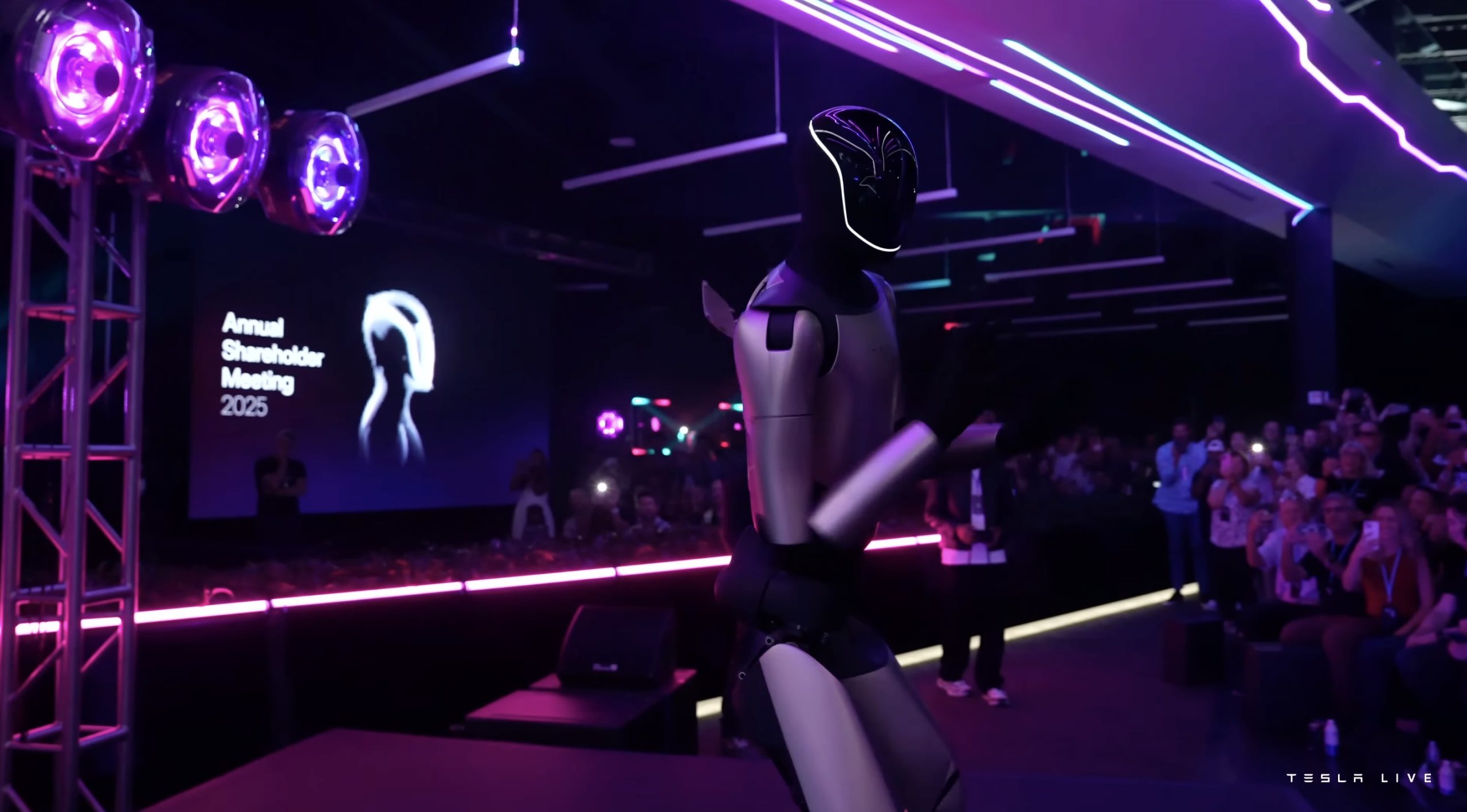
Tesla CEO Elon Musk just made a key detail about Optimus official. In a post on X, the CEO clarified some key wording about Optimus, which should help the media and the public become more familiar with the humanoid robot.
Elon Musk makes Optimus’ plural term official
Elon Musk posted a number of Optimus-related posts on X this weekend. On Saturday, he stated that Optimus would be the Von Neumann probe, a machine that could eventually be capable of replicating itself. This capability, it seems, would be the key to Tesla achieving Elon Musk’s ambitious Optimus production targets.
Amidst the conversations about Optimus on X, a user of the social media platform asked the CEO what the plural term for the humanoid robot will be. As per Musk, Tesla will be setting the plural term for Optimus since the company also decided on the robot’s singular term. “Since we are naming the singular, we will also name the plural, so Optimi it is,” Musk wrote in his reply on X.
This makes it official. For media outlets such as Teslarati, numerous Optimus bots are now called Optimi. It rolls off the tongue pretty well, too.
Optimi will be a common sight worldwide
While Musk’s comment may seem pretty mundane to some, it is actually very important. Optimus is intended to be Tesla’s highest volume product, with the CEO estimating that the humanoid robot could eventually see annual production rates in the hundreds of millions, perhaps even more. Since Optimi will be a very common sight worldwide, it is good that people can now get used to terms describing the humanoid robot.
During the Tesla 2025 Annual Shareholder Meeting, Musk stated that the humanoid robot will see “the fastest production ramp of any product of any large complex manufactured product ever,” starting with a one-million-Optimi-per-year production line at the Fremont Factory. Giga Texas would get an even bigger Optimus production line, which should be capable of producing tens of millions of Optimi per year.
News
Tesla is improving Giga Berlin’s free “Giga Train” service for employees
With this initiative, Tesla aims to boost the number of Gigafactory Berlin employees commuting by rail while keeping the shuttle free for all riders.

Tesla will expand its factory shuttle service in Germany beginning January 4, adding direct rail trips from Berlin Ostbahnhof to Giga Berlin-Brandenburg in Grünheide.
With this initiative, Tesla aims to boost the number of Gigafactory Berlin employees commuting by rail while keeping the shuttle free for all riders.
New shuttle route
As noted in a report from rbb24, the updated service, which will start January 4, will run between the Berlin Ostbahnhof East Station and the Erkner Station at the Gigafactory Berlin complex. Tesla stated that the timetable mirrors shift changes for the facility’s employees, and similar to before, the service will be completely free. The train will offer six direct trips per day as well.
“The service includes six daily trips, which also cover our shift times. The trains will run between Berlin Ostbahnhof (with a stop at Ostkreuz) and Erkner station to the Gigafactory,” Tesla Germany stated.
Even with construction continuing at Fangschleuse and Köpenick stations, the company said the route has been optimized to maintain a predictable 35-minute travel time. The update follows earlier phases of Tesla’s “Giga Train” program, which initially connected Erkner to the factory grounds before expanding to Berlin-Lichtenberg.
Tesla pushes for majority rail commuting
Tesla began production at Grünheide in March 2022, and the factory’s workforce has since grown to around 11,500 employees, with an estimated 60% commuting from Berlin. The facility produces the Model Y, Tesla’s best-selling vehicle, for both Germany and other territories.
The company has repeatedly emphasized its goal of having more than half its staff use public transportation rather than cars, positioning the shuttle as a key part of that initiative. In keeping with the factory’s sustainability focus, Tesla continues to allow even non-employees to ride the shuttle free of charge, making it a broader mobility option for the area.









